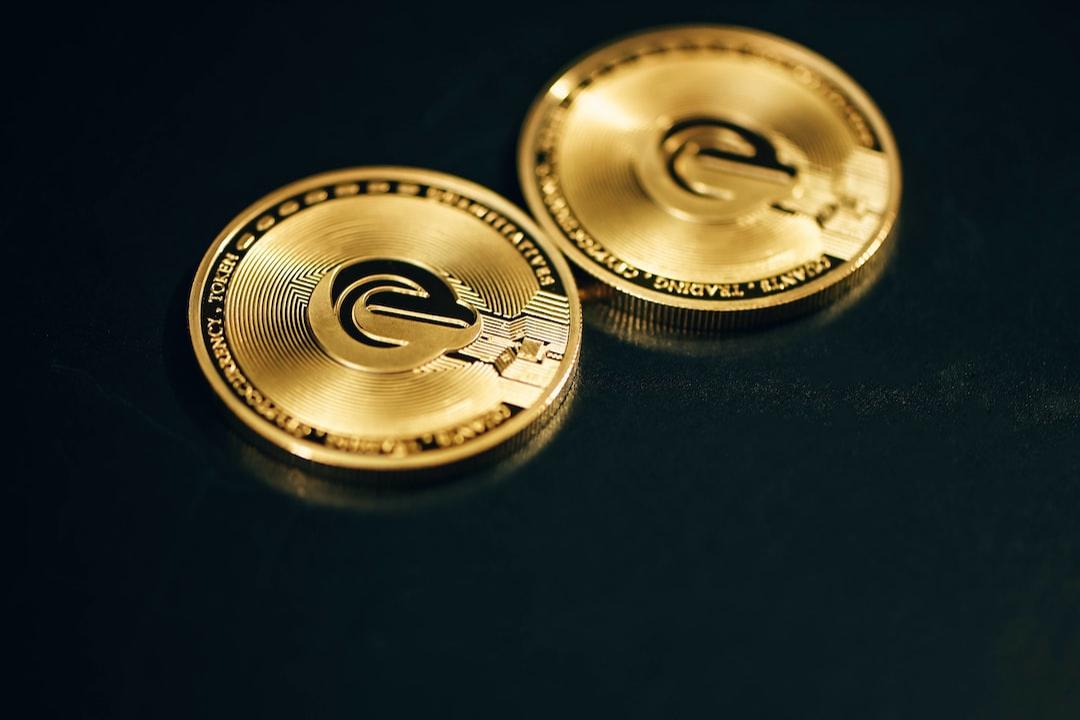YEREVAN (CoinChapter.com) —
Vitalik Buterin, co-founder of Ethereum, has presented a new roadmap aimed at improving the security, finality, and scalability of Ethereum’s Layer 2 (L2) solutions. His proposal includes a multi-proof system to support Ethereum scalability while maintaining decentralization and trust minimization.
Buterin’s plan uses a “2-of-3” model, which incorporates three different proof types: optimistic proofs, zero-knowledge (ZK) proofs, and trusted execution environment (TEE) proofs. Under this model, a transaction is finalized when two of these proofs agree. This approach reduces the risks that come with relying on a single proof method, balancing speed, security, and decentralization.
Buterin pointed out the importance of diversification in Ethereum’s scalability solutions. He also highlighted potential problems in zero-knowledge (ZK) systems. He noted that shared code among ZK rollups could lead to the spread of bugs, increasing systemic risks.
According to Wei Dai, a research partner at 1kxnetwork,
“This means that the finality of rollups can be as fast as zk proving (~<1hr for now) while protecting the system from soundness bugs in the zk system.”

Stage 2 Rollups: Faster, More Secure Ethereum Transactions
The Stage 2 rollups outlined in Buterin’s roadmap aim to provide faster transaction confirmations and improved finality. These rollups would also offer stronger resistance to failures, even in semi-trusted environments.
Importantly, these rollups would still respect Ethereum’s 30-day upgrade delay, a rule designed to ensure stability during network upgrades. By following this delay, the system remains secure while transitioning to new technologies.

Shifting to Open-Source Funding for Development
Buterin’s proposals extend beyond Ethereum’s scalability. In a separate blog post, Buterin suggested moving from public goods funding to open-source funding for blockchain development. He expressed concerns that the term “public goods” has become politically charged, often benefiting projects that are more popular than those with actual impact.

Buterin argued that public goods funding is vulnerable to social desirability bias and tends to prioritize projects with community backing rather than those that provide genuine value. He believes open-source funding should focus on supporting projects that are truly beneficial to the Ethereum ecosystem.
This shift in funding strategy, according to Buterin, would ensure greater transparency and collaboration within the crypto community, funding projects that are sustainable and beneficial to the broader ecosystem.
